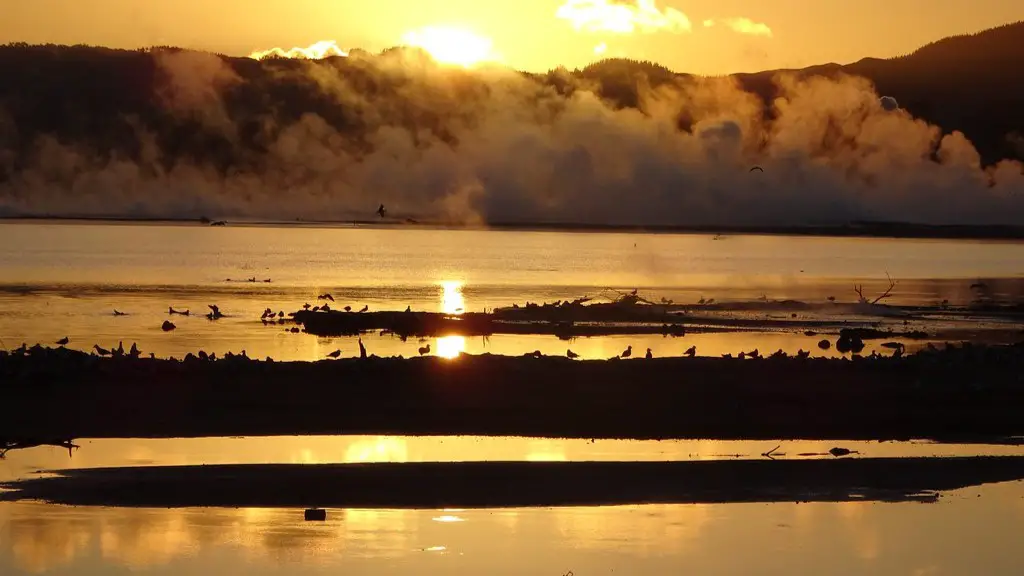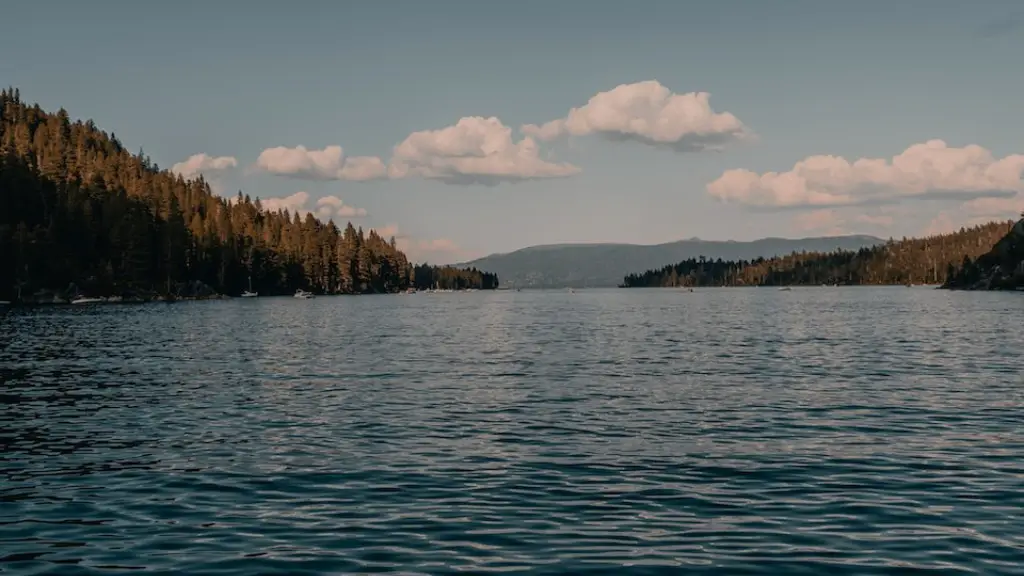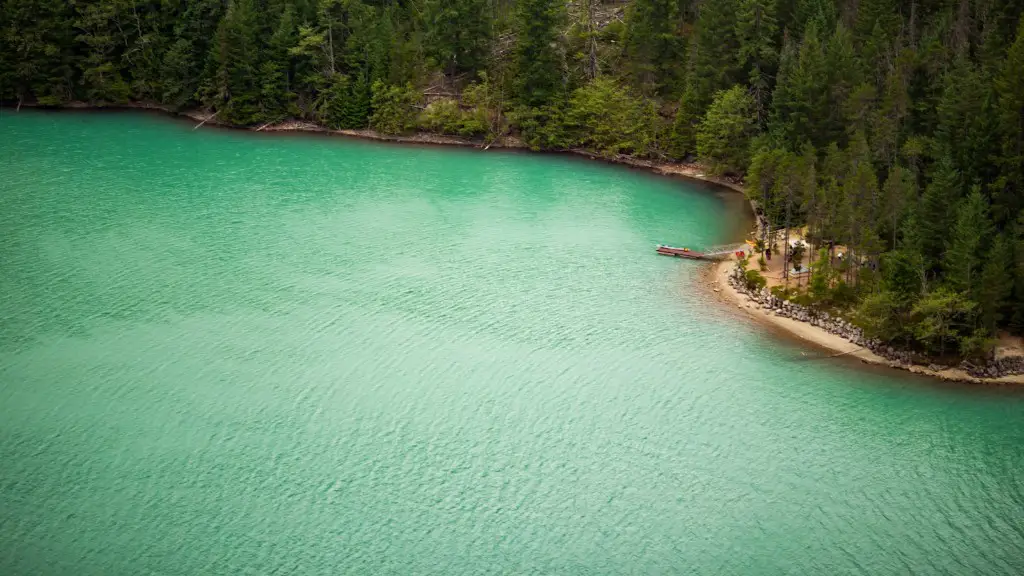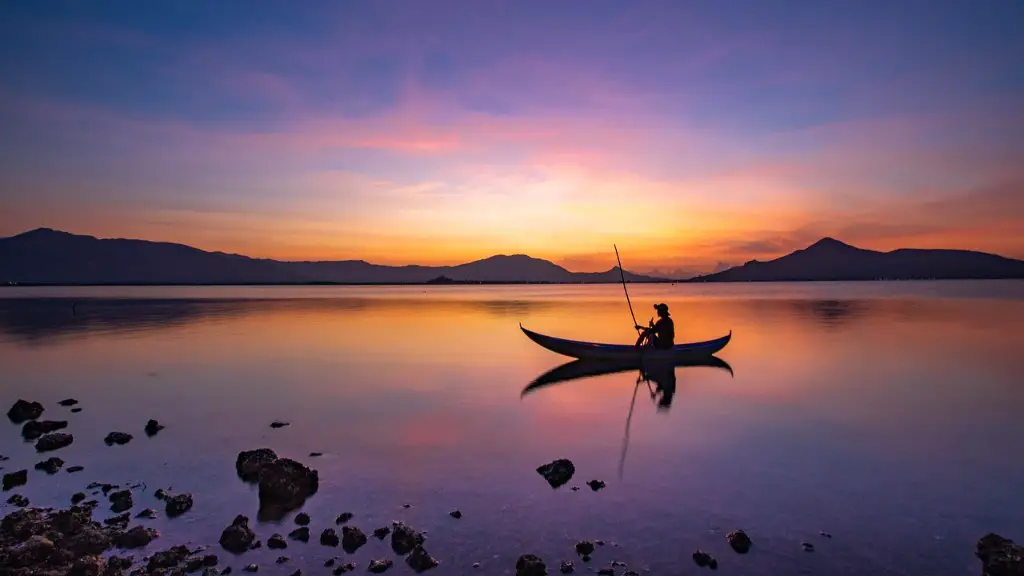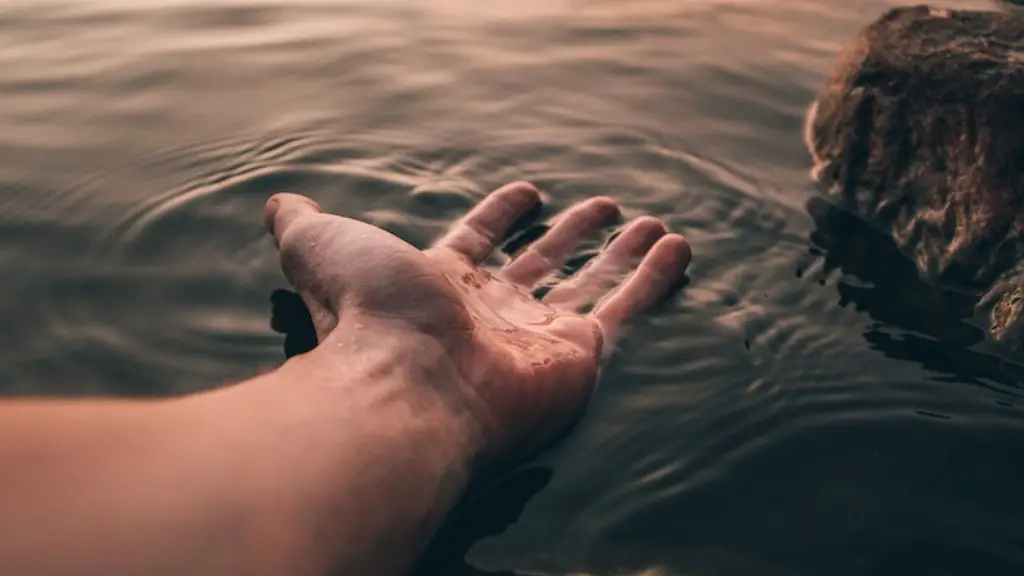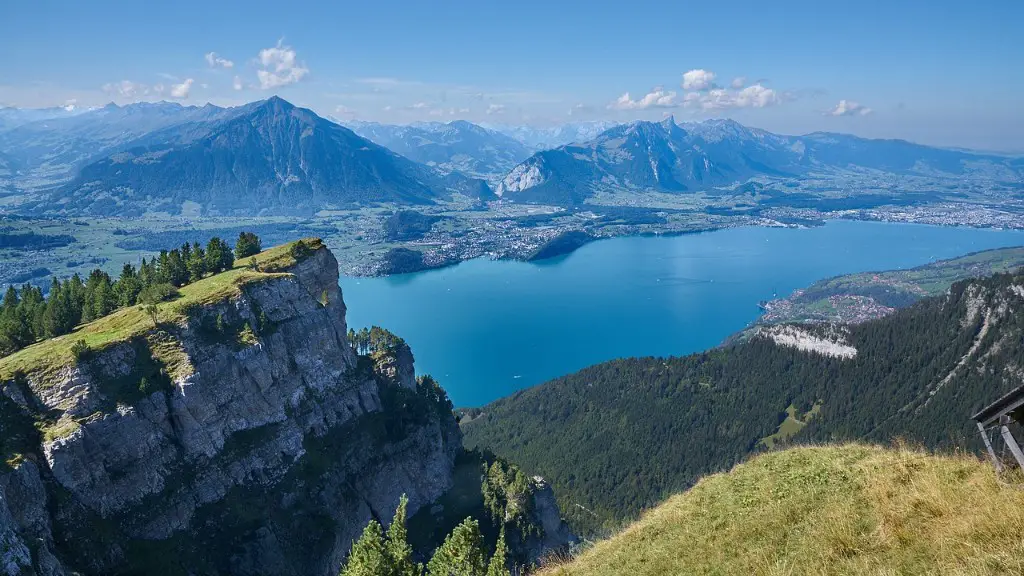A volcano is a mountain that opens downward to a pool of molten rock below the surface of the earth. When pressure builds, an eruption can occur. Eruptions can be highly explosive, sending volcanic ash and gas high into the atmosphere. Crater Lake was formed when a large volcano, Mount Mazama, erupted over 7,000 years ago and then collapsed inward, creating a massive crater.
Crater Lake was formed by the collapse of a stratovolcano called Mount Mazama.
What kind of volcano formed Crater Lake?
Stratovolcanoes are some of the most dangerous volcanoes in the world. They are also called composite volcanoes because they are made up of layers of lava flows and pyroclastic deposits. The most famous stratovolcano is Mount Vesuvius, which is located in Italy. Stratovolcanoes have a steep-sided conical form and tend to have very explosive eruptions. The earlier eruptions of a stratovolcano build up the mountain, while the later eruptions tend to destroy the mountain.
Crater Lake is a stunning example of the power of nature. The massive eruptions of Mount Mazama created a caldera, which was then filled with precipitation. The result is a beautiful lake that is a popular destination for tourists and nature lovers alike.
Is Crater Lake a cinder cone volcano
Cinder cones are the most common type of volcano in the National Park System. At least 24 units in the National Park System contain cinder cones. Wizard Island in Crater Lake is a cinder cone. Wizard Island’s crater is less than 500 feet (150 m) wide and is about 70 feet (20 m) deep.
Crater Lake is one of the world’s best known calderas and was formed about 6,850 years ago when Mount Mazama, a stratovolcano, collapsed. The caldera is about 6 miles (10 km) wide and was formed as a result of a catastrophic pyroclastic eruption that released about 12 cubic miles (50 cubic km) of magma to the surface.
Is Crater Lake a caldera volcano?
Crater Lake is not a crater, but a caldera. A caldera is formed when a volcano’s magma chamber collapses. The volcano that created Crater Lake, Mount Mazama, erupted about 7,000 years ago. The caldera filled with rain and snow, forming a lake.
Volcanic crater lakes are relatively rare compared to other types of lakes. They are found in the cavities that were created when magma was ejected from a volcano. These lakes can be either small (maars) or large (calderas), and can be found all over the world, including in the Eifel region of Germany, the Auvergne region of France, Indonesia, and central Africa.
What causes crater lakes?
A crater lake is a lake that forms in a crater or caldera, usually through the accumulation of rain, snow, and ice melt, as well as groundwater. Crater lakes can be fresh or warm and acidic, depending on the composition of the hydrothermal fluids.
An extinct volcano is one that has not erupted for at least 10,000 years and is not expected to erupt again in the future. After the eruption, a large and deep depression remains in that area. Smaller depressions are called craters. This crater eventually gets filled with water and crater lakes are formed.
Are cinder cones explosive
Cinder cones are known for their very violent, explosive, exciting eruptions. Paricutin in Mexico and Mt Vesuvius in Italy are famous cinder cones. Vulcanian eruptions are more violent and explosive than strombolian eruptions.
Paricutin is the most famous cinder cone because it grew out of a corn field in Mexico in 1943 from a new vent. Eruptions continued for nine years, built the cone to a height of 424 meters (1,391 ft), and produced lava flows that covered 25 km2 (97 sq mi).
Why is it called cinder cone volcano?
Cinder cones are the simplest type of volcano. They are built from particles and blobs of congealed lava ejected from a single vent. As the gas-charged lava is blown violently into the air, it breaks into small fragments that solidify and fall as cinders around the vent to form a circular or oval cone.
One of the most notable features of the Cascades Arc is the Mount Mazama volcano, which is responsible for the creation of Crater Lake. Mount Mazama is one of the major volcanoes of the Cascades Arc and is located in southern Oregon about 90 km (55 mi) north of the city of Klamath Falls and about 100 km (60 mi) northeast of Medford. The volcano is of particular interest because its caldera, or crater, is the site of Crater Lake, one of the most beautiful and serene lakes in the world.
What makes a stratovolcano
A viscous magma is more likely to form a stratovolcano, which is a cone-shaped volcano with steep sides. This is because the sticky magma doesn’t flow very far from the eruption site, so it builds up in layers.
Crater Lake is a special case when it comes to lakes. Its depth allows it to maintain a constant level, despite changes in rainfall and snowfall. This is due to the fact that the evaporation and seepage rates are equal. Over the past 100 years, the lake level has only varied by a range of 5m (16ft). This makes Crater Lake the deepest lake in the United States and the seventh deepest in the world.
Is Crater Lake considered an active volcano?
The area around Crater Lake is volcanically active, and the lake itself is considered a dormant volcano. The US Geological Survey monitors seismic activity in the area as part of the Cascades Volcano Observatory network. Crater Lake is the deepest lake in the United States, with an average depth of 350 meters (1,148 feet).
Crater Lake is unique among other Cascade volcanoes because Mount Mazama’s climactic eruption 7,700 years ago made such profound changes to the volcano. The consequences of future eruptions cannot be clearly anticipated by looking at past eruptions of Mount Mazama or any other Cascade volcano.
Conclusion
The volcano that formed Crater Lake is called Mount Mazama. It is a stratovolcano, which is a type of volcano made up of layers of lava, ash, and rock.
The volcano that formed Crater Lake is called a caldera. A caldera is a large, basin-shaped volcanic depression that forms when a magma chamber collapses.
